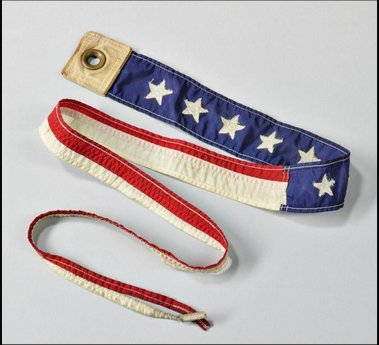H-3
Construction and Trials

Photo courtesy of the National Archives.

The launch of the H-3 from the Moran Company building slip, July 3, 1913.
Image courtesy of the Seattle Post-Intelligencer Newspaper.
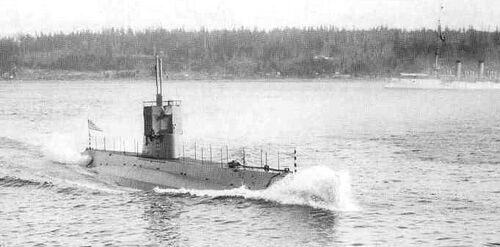
H-3 returning from Seattle to Bremerton, WA., March 1914. LT William R Munroe, the Commanding Officer, is on the bridge. H-3 had been refueling in Seattle and was returning to the Puget Sound Navy Yard. There is an unidentified cruiser in the background. The waterway seen is probably Sinclair Inlet as the land in the background (Port Orchard) still looks pretty much as it does in this photo.
Photo courtesy of the National Archives.
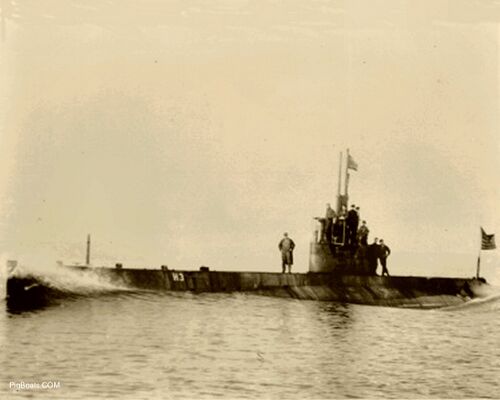
H-3 running trials on Bellingham Bay, north of Seattle near the Canadian border, January 1914. The bay is calm, but the boat is running at a good clip and pushing up a large bow wave.
U.S. Navy photo.
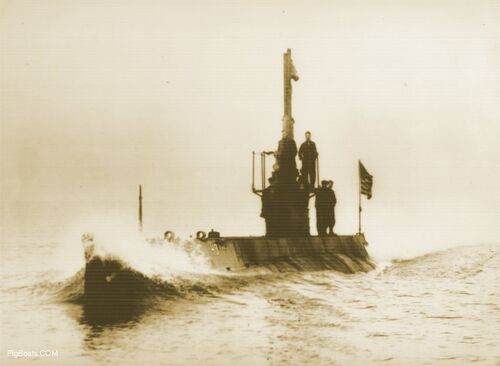
Another view of the Bellingham Bay trials, from the port bow. H-3 had been commissioned at this point, but it appears as though there are several civilians aboard, probably Electric Boat or Moran employees observing the tests.
U.S. Navy photo.
Interior Photos

Photo courtesy of the National Archives.
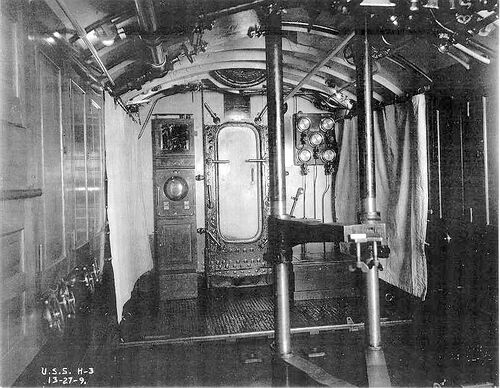
H-3's torpedo room looking aft. The curtained areas to port and starboard are berthing for the Captain and Executive Officer. The two swingout stanchions have the notched arms for holding reload torpedoes in line with the tubes.
Photo courtesy of the National Archives.
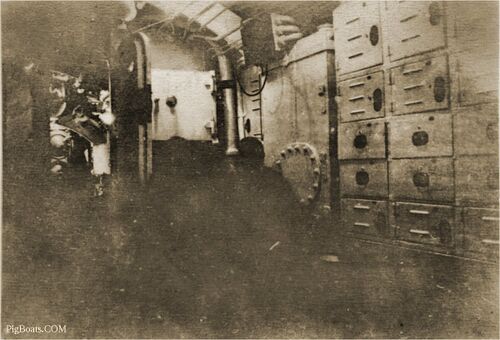
The H-3's forward battery compartment looking forward. Torpedo tubes can be seen through the open watertight door. the photo is very dark and indistinct with the exception of the lockers and door. Two men can be made out in silhouette but that is about all. A large safe can be seen attached to the bulkhead to the right of the door. There is a fresh water tank on the right with an oval-shaped bolted down access cover.
Photo in the private collection of Ric Hedman.
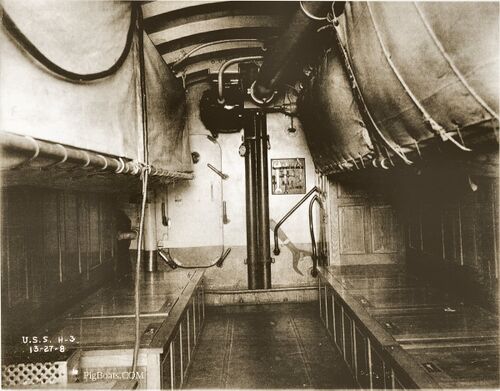
H-3's forward battery compartment looking aft. The door leads to the Control Room. On the right is a small room that according to the ship's drawings is the radio room. The two large pipes are the ventilation piping for the battery under the deck. This is to help prevent the buildup of hydrogen gas in the battery well and prevent explosions.
Crew bunks are seen at the top in the photo. The bunks to the left have canvas curtains and are a single row of bunks. The bunks on the right are two deep and the inner row has been "triced up", meaning they have been folded away to make room for other functions.
The drawings show that only part of the compartment is paneled and the forward end is not as noted in the photo above this one. The benches are storage lockers for the crew's personal gear. In the lower left corner of the photo is a portable electric heater, the cord for which can be seen draped in the upper left and followed down to the heater.
Unseen in the photo to the left of the door and outboard any paneling is the motor for the trim pump, controls for which are located in the control room. This pump is used to move water around the submarine for ballast and pumping bilges.
Note the tool kit on the bulkhead to the right of the door. It has three open end wrenches, two spanner wrenches, two T-wrenches and at least two screwdrivers. There is one of two possibilities for this kit, the first being for damage control, the 2nd for use by the electricians in the battery well. The presence of the spanner wrenches indicate that this is a damage control kit, as the spanners are used for coupling and decoupling fire hoses. If these are brass tools then it might be a battery well tool kit.
Photo in the private collection of Ric Hedman.
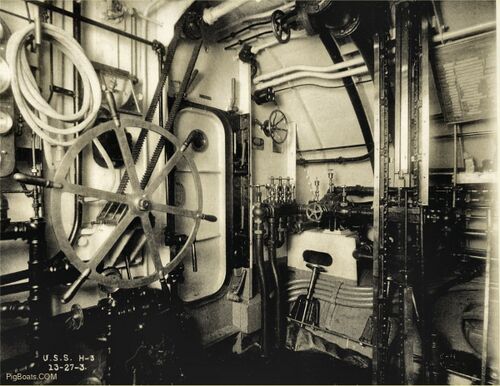
Control room of the H-3 looking forward and to the starboard corner. The door leads to the forward battery compartment. The helm wheel is in the center, with a mirror so that the helmsman can see the dial of the magnetic compass above him. Note the chain leading up from the helm shaft to a shaft in the overhead that is connected to the rudder rams in the stern. On the right is the ballast control manifold, used to move ballast water to various tanks to balance the foward/aft trim and the boat's overall buoyancy. Directly above the manifold on the forward bulkhead are the controls for the trim pump.
Photo in the private collection of Ric Hedman.

H-3's control room looking to port. On the left are the wheels for controlling the stern planes (left) and the bow planes (right). In between them are the depth gauges and bubble levels. The round hull section beneath the wheels is actually the top of the port side of the auxiliary ballast tank. On the right is the high pressure air manifolds, used to blow ballast tanks to surface the boat.
Photo in the private collection of Ric Hedman.

The H-3's control room is actually a small space, and this view is of the port aft corner. The stern planes wheel can be seen in the center right.
Photo in the private collection of Ric Hedman.
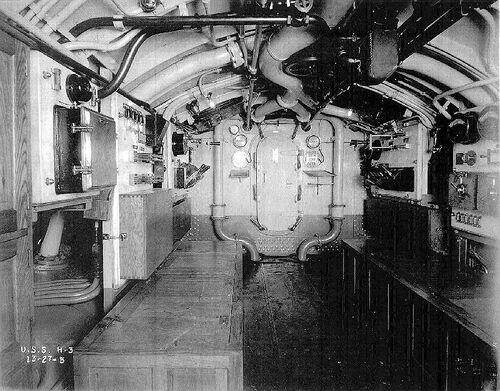
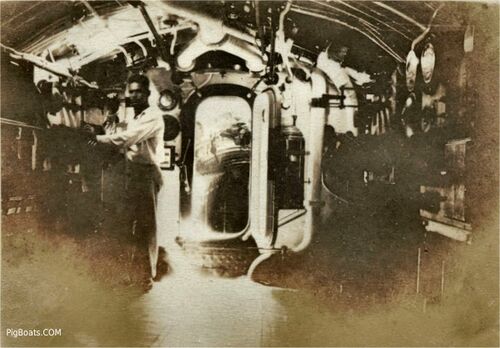
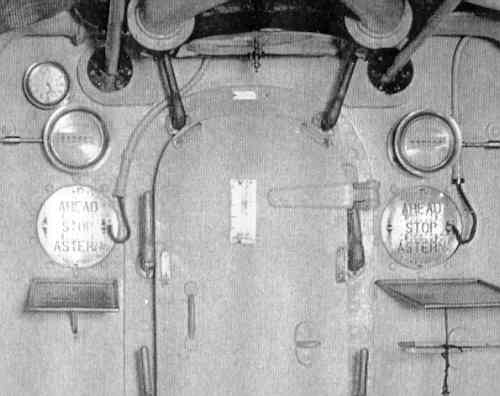
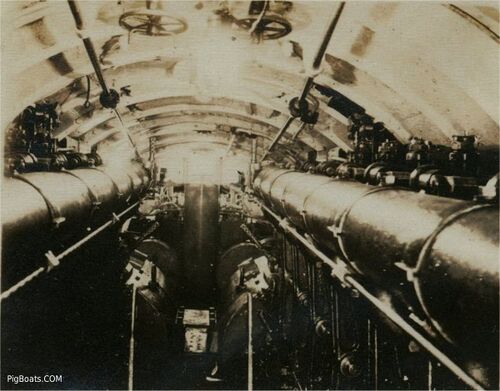
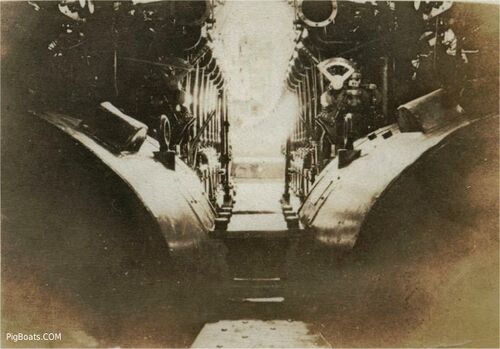
First Grounding and Drydocking
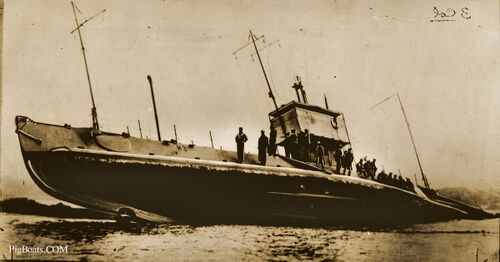
The photo that is normally seen of this incident is with the tide high. We have not seen this low tide before.
Photo in the private collection of Ric Hedman
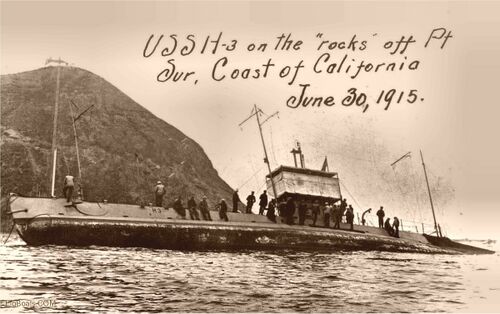
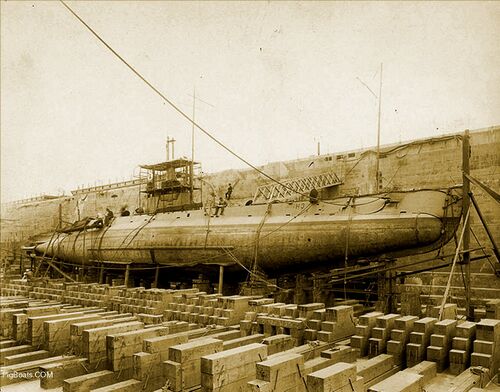
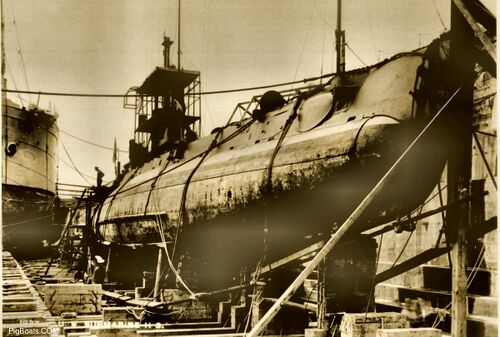
Early Operations
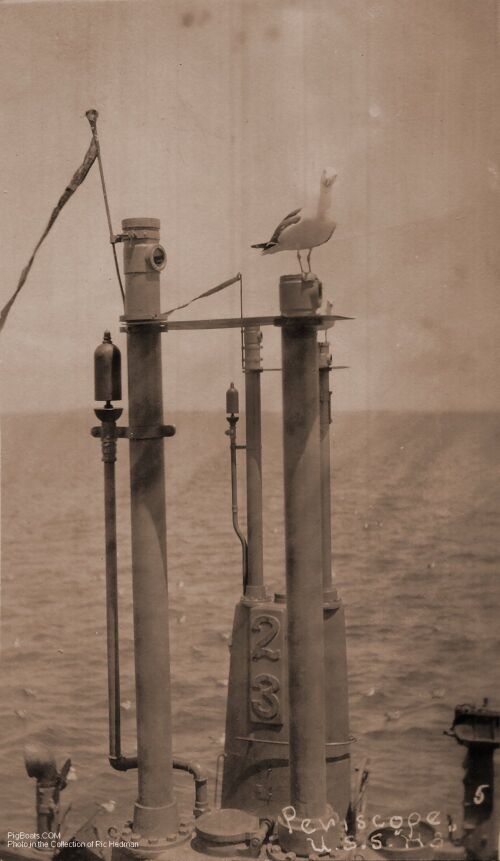
When I saw this photo I knew I had to own it. Hard to see but there is a second seagull sitting on a periscope top on the sub behind this one.
The long skinny flags are US Navy Commissioning Pennants. Once a vessel has been accepted by the Navy it is placed "In Commission" and this pennant, consisting of a blue field with white stars and a single red and a single white stripe with "swallow Tail" end is raised on the vessel.
Photo in the private collection of Ric Hedman
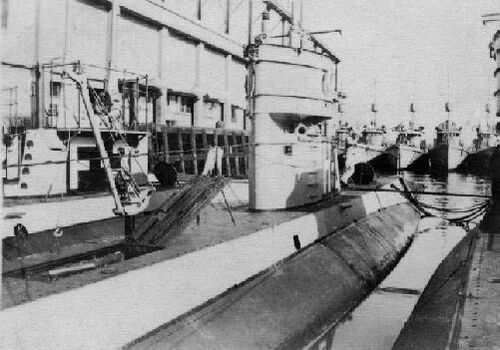
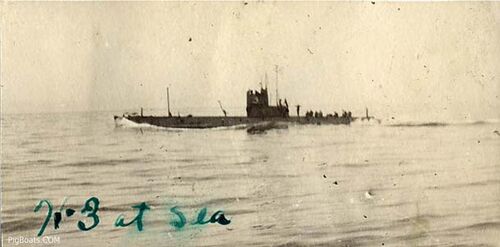
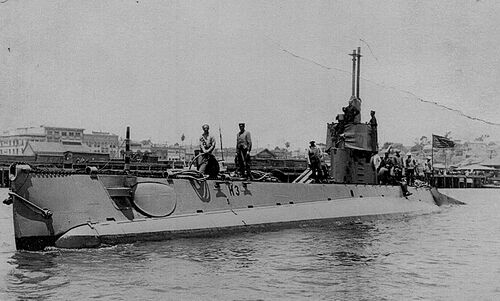
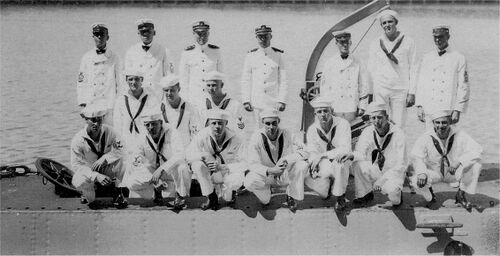
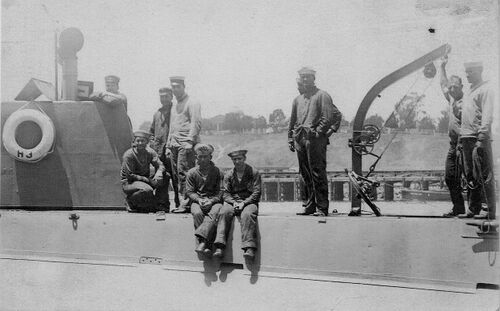
Eureka, California Grounding, December 1916/January 1917
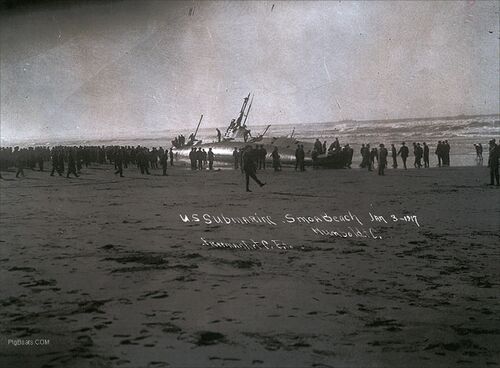
Photo in the private collection of Ric Hedman
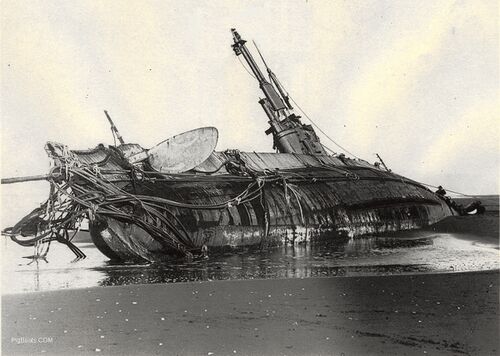
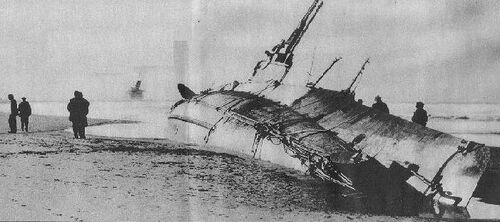

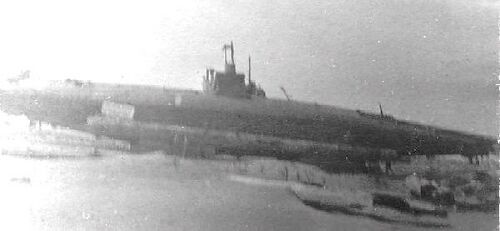
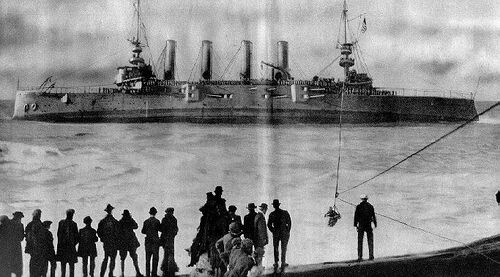
Later Operations, 1917-1922
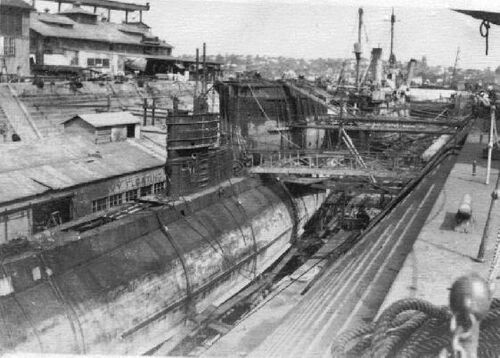

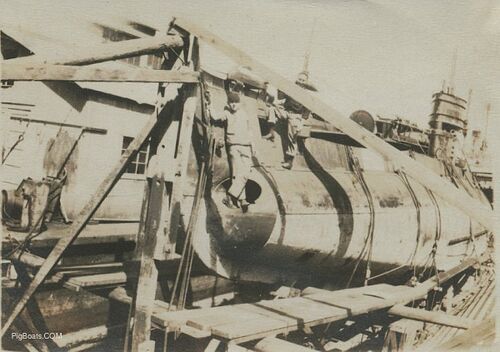
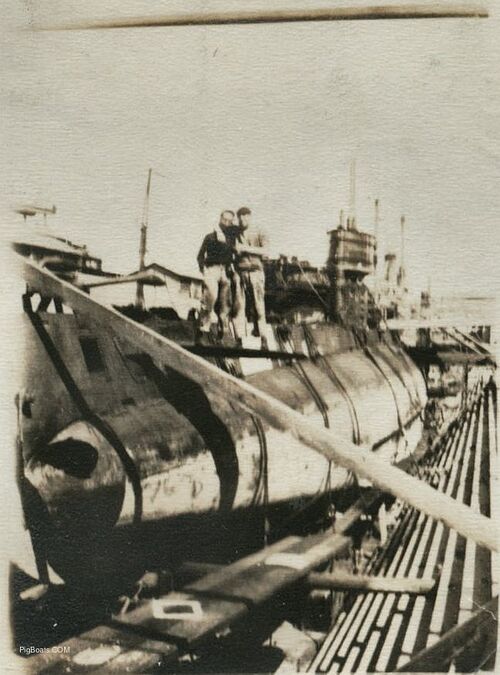


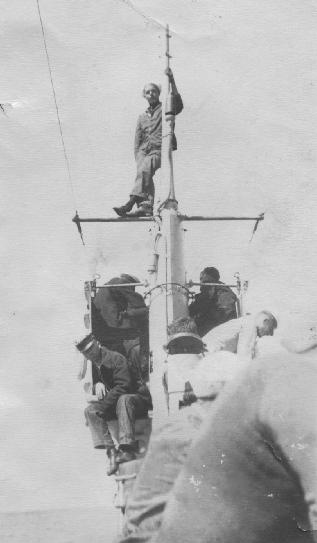



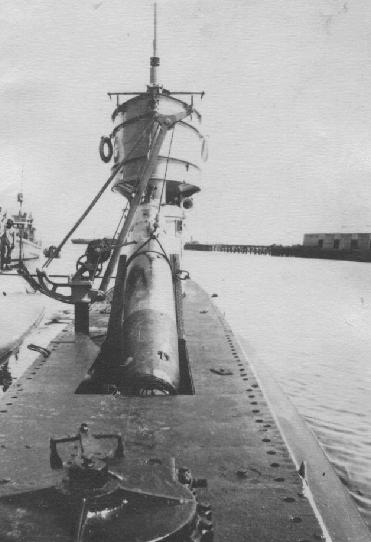


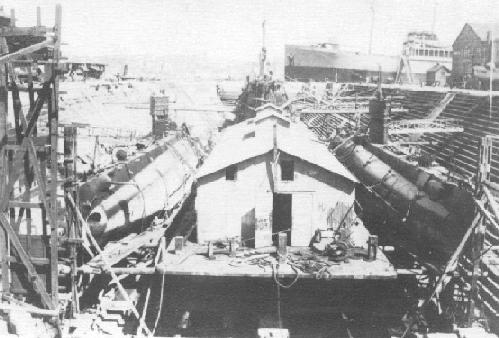
Page created by:
Ric Hedman & David Johnston
1999 - 2023 - PigBoats.COM©
Mountlake Terrace, WA, Norfolk, VA
webmaster at pigboats dot com

